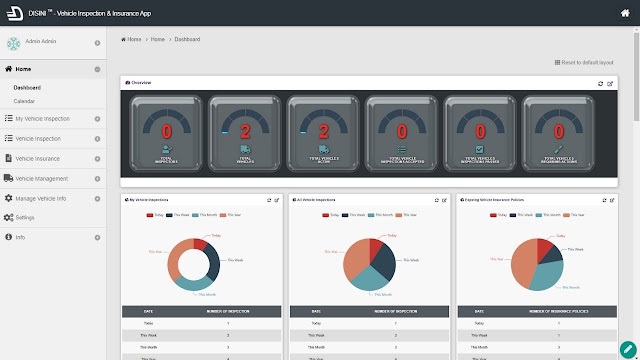Introducing the Joget Operator for Red Hat OpenShift: Low Code App Deployment Made Easy
As an open source no-code/low-code platform to visually build enterprise web apps for coders and non-coders, Joget is a natural fit for modern cloud infrastructure technologies especially Kubernetes.
The Joget Operator has been released to further simplify and accelerate app development on Red Hat OpenShift. It has achieved Red Hat OpenShift Operator Certification, and is now available in the OpenShift Embedded OperatorHub. The Joget Operator helps to automate the deployment of Joget within minutes, so that you can focus on rapidly delivering applications instead of worrying about infrastructure issues.
Kubernetes? OpenShift? Operator? If you are not familiar with these terms, fret not as these will be explained next.
Introduction to Kubernetes, OpenShift and Operators
Containers, Kubernetes and OpenShift
In a previous article Kubernetes: What the Hype is All About, we had introduced containers and Kubernetes. To recap:- Containers are a way of packaging software so that application code, libraries and dependencies are packed together in a repeatable way. Containers are lightweight and are suitable for deploying applications at a large scale.
- Kubernetes is the de facto open source platform used to orchestrate containers i.e. how to deploy the containers, manage persistent storage, handle load and failures, etc. Like containers, Kubernetes is meant for large scale deployment of applications.
Simplified view of Kubernetes objects
Powerful as it may be, Kubernetes is not easy to implement. It is not a complete stack, with many missing pieces. To address that, the Red Hat OpenShift Container Platform is packaged as a comprehensive enterprise Kubernetes platform providing those missing components (like improved monitoring, logging, a container registry, web console UI and build automation along with commercial support).
Operators and OperatorHub
Notice the number of objects required even for a basic Kubernetes deployment? Doing so manually for one deployment might be feasible, but as you might imagine, doing this at scale would be a nightmare. And this is not even considering the maintenance aspect, when things go wrong or when upgrades are required.To solve this conundrum, the concept of Operators were introduced in 2016. Operators are essentially applications within Kubernetes that are coded (or configured) to automate these infrastructure tasks. The goal for an Operator is to replace the knowledge and tasks that human administrators perform, to foster a self-managed environment. Once you install an Operator, it will automatically monitor and perform the necessary installation and management tasks such as deploying containers, creating services, mounting persistent storage, and so on.
The latest version of OpenShift, Red Hat OpenShift 4, is powered internally by Operators such that even its internal components and services are all Operator managed.
To make it easier for OpenShift customers to discover and install add-on services and applications, OpenShift 4 now includes an embedded OperatorHub, a catalog of certified Operators from Red Hat partners and open source projects. Operators listed in the OperatorHub can be installed into the OpenShift cluster with one click, to be consumed by users when required.
To illustrate how Operators and the OperatorHub can simplify things, let’s consider how we deploy a Joget cluster running on JBoss Enterprise Application Platform (EAP). This was described in a post on the OpenShift blog entitled How to Automatically Scale Low Code Apps with Joget and JBoss EAP on OpenShift. In a nutshell, you perform the following steps:
- Deploy the Joget on JBoss EAP certified container image
- Add persistent storage
- Create service route for external access
- Configure JBoss EAP clustering
- Scale the Joget cluster to the number of required instances
Contrast this to using the Joget Operator, where once the Operator is installed, you perform the following steps:
- Create a Joget object, specifying how many instances are required
Joget Operator Tutorial
Dive into a detailed tutorial on the Joget Operator in the OpenShift blog post Automating Low Code App Deployment on Red Hat OpenShift with the Joget Operator.With OpenShift and Joget, you can go from no infrastructure to a functioning business application very quickly. To get started on the Joget platform, visit www.joget.org


Comments
Post a Comment